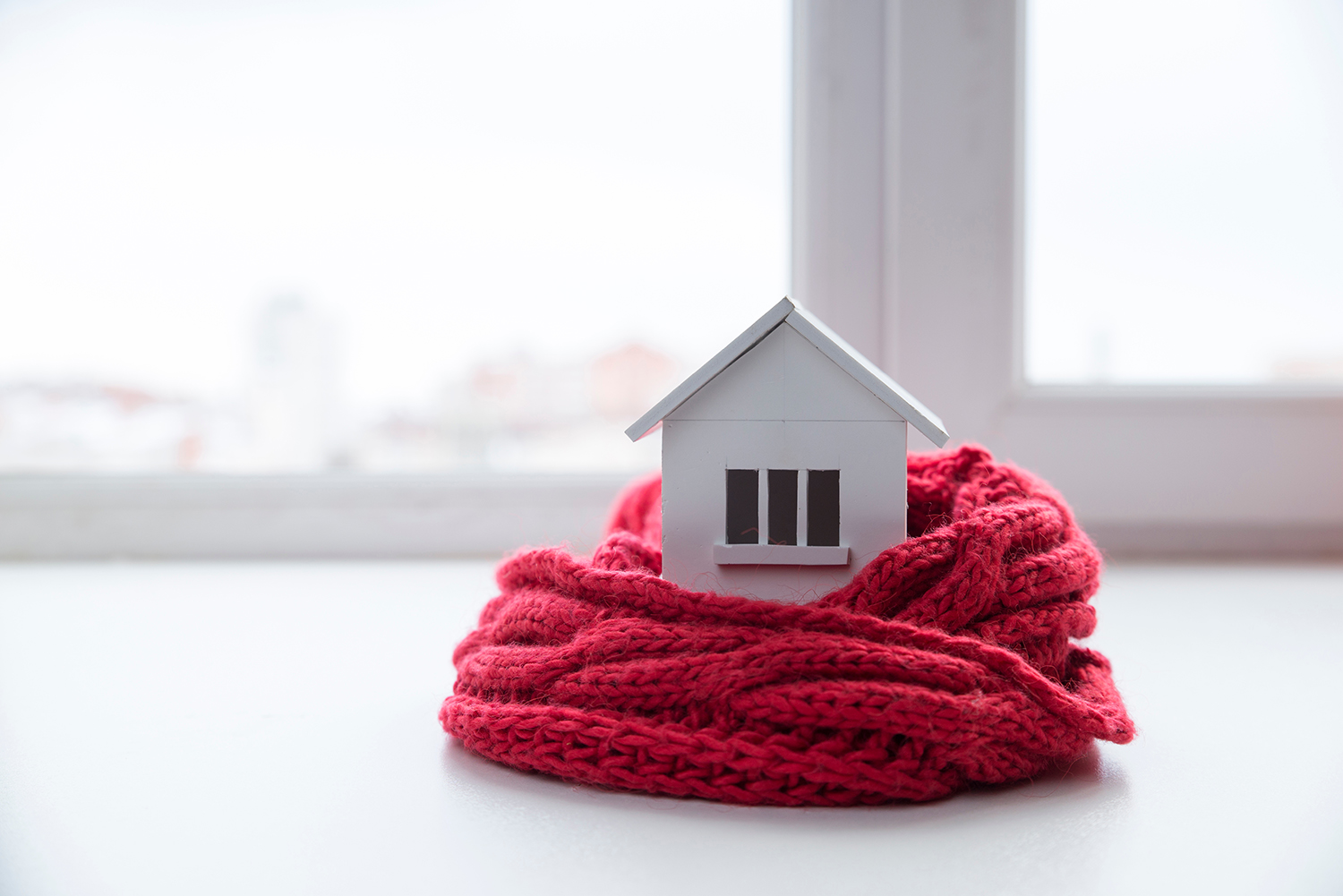Winterizing your home can save you time, money, and headaches. By preparing your home for inclement weather and cold temperatures, you can protect it and your household.
Winterizing Your Home in Six Ways
Shut your irrigation down before the first hard freeze
Often, the first step to winterizing your home is shutting your irrigation system down. To do so, follow these steps:
- Shut off your main irrigation line
- Open all your drains
- Disconnect your garden hoses and drain the valves
- Open your valve boxes, open the drains and release the water
- Turn your sprinkler timer to the ‘off’ position
Last but not least, place faucet covers on your garden faucets to help insulate them against cold temperatures.
Tend to your roof before the first snow
The best way to winterize your roof is to ensure that it is correctly maintained throughout the year. Even minor roof damage can leave your home especially vulnerable when a storm descends.
Hire a home inspector or roof professional to inspect your roof. It never hurts to ask your chosen professional to show you his or her credentials. Once your roof has been certified as sound by a professional, you can protect your investment by monitoring debris caught in roof valleys, missing or curling roof shingles, and sagging areas.
If something seems off with these observation areas, call a roofing professional immediately.
Apply necessary furnace maintenance
Many homes rely on furnaces as a primary mode of heating. Swap out your furnace’s air filter regularly. This is especially important before heavy furnace use. You’ll also want to clean your vents. These steps will help with energy efficiency and air quality.
It’s also a good idea to schedule an HVAC maintenance appointment for your furnace around autumn. The HVAC technician will clean your furnace blower, inspect your flame sensor, and address any problem areas.
Prepare your fireplace, chimney and wood stove
Some homes use wood fireplaces, gas fireplaces, electric fireplaces, and wood stoves to assist in heating their homes.
An annual inspection for your fireplace, chimney, or wood stove can go a long way when it comes to energy efficiency and, more importantly, safety. When these devices are not in use during the warmer months, organic materials, lint, ash, and other types of debris can become lodged in the devices. Whenever debris obstructs airflow in your heating device, your energy efficiency will drop, and the objects can even become hazardous.
Mitigate home heat loss
There are a variety of steps that can ensure your home is prepared for chilly winter days.
One area that will benefit from your care is your windows. If you can detect a draft coming from any of your windows, a variety of companies can help you repair, fortify, or replace those windows. Upgrading to double-pane or soundproof windows will help you insulate your home against temperature changes.
Drafty doors can quickly be addressed with draft stoppers. If your flap-style dog door is damaged, drafts can enter your home there, too. Replace damaged flaps.
Properly insulating your attic can do wonders for your heating bill.
Insulate your exposed pipes
Insulate the pipes in your basement, garage, and exterior walls. Insulating these pipes can help protect them against freezing, expanding, and bursting. Insulating these pipes will also improve your home’s energy efficiency.



